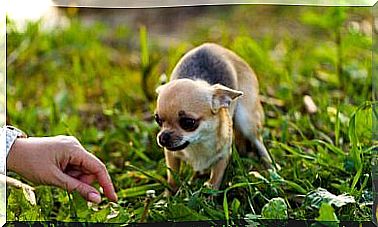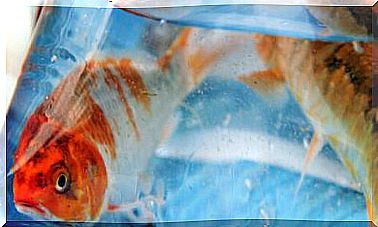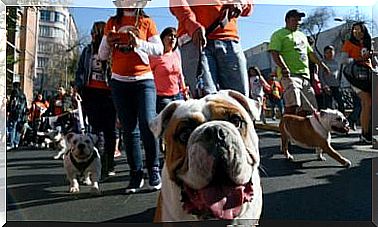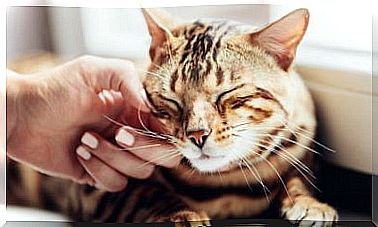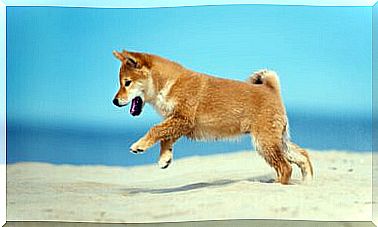The Argentine Cocorita

The Quaker parrot, also known as the monk parakeet or Argentine parakeet ( Myiopsitta monachus ) is native to South America. They are green, small and very noisy birds. They live in colonies and have a very complex social organization. They have the unusual ability to use flexible branches and twigs and to build large common nests in which all members of the colony can reproduce. As a result of this rich social structure, the Quaker parrot is a very sociable, gentle and full of energy bird, making it a wonderful companion animal. Let’s get to know him.
Main features
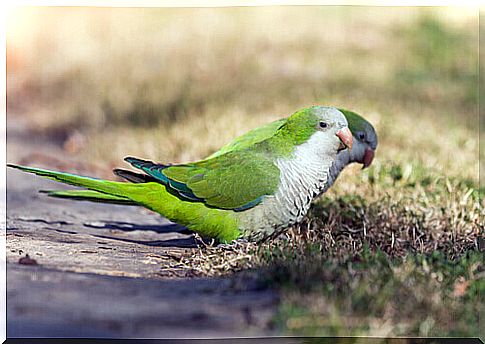
- The Quaker Parrot or Argentine parakeet is native to central Bolivia, south of Brazil and can be found as far as central Argentina. This parrot owes its name to the plumage of the head, which is gray in color, very similar to an ancient Quaker dress.
- This type of parrot is characterized by being the only species that builds its nest, using twigs and other plant materials. By means of their little houses they join the neighbors, thus forming a “condominium” of nests, with individual rooms and separate entrances to the nests for each family. This nesting structure can grow to the size of a small car and can weigh over ninety kilograms.
- The Argentine parakeet can live from 25 to 30 years. They are very similar to a cockatoo, but with more voluminous bodies. They measure between 28 and 30 centimeters, including the long tail. Their wingspan is between 48 and 53 cm and they weigh between 90 and 139 gr.
- The plumage of the upper part is green. The head, neck, chest and legs are pale gray in color. The chest tends to be gray-brown in color, and each feather tends to be a pale gray. The upper abdomen is olive yellow in color and the lower abdomen, hindquarters, muscles and upper tail feathers are yellowish green. The tip and the outer side of the wing feathers are light blue. The upper side of the tail is green, while the lower part in the center is blue. The lower part, on the other hand, is pale green, with a grayish blue base.
- The beak is horn-brown in color; the legs are gray while the eyes are dark brown, with gray pupils (the periophthalmic rings).
- Males and females are very similar. younger specimens resemble adults, but their foreheads are green instead of gray.
- The Argentine parakeet looks a bit like parakeets. Undoubtedly, however, these birds are smaller and have a green chest and a yellowish band very evident on the outside of the wing.
- This type of parrot is widespread in the north east of Argentina (in the provinces between Entre Rios, Santa Fe, Cordoba and Buenos Aires), in Bolivia, in southern Brazil (Rio Grande del Sud), in Paraguay and in Uruguay. Historically it is a kind of forest, but it has adapted very well to urban areas.
A great singer

Its song is made up of shrill screeches and blasts that can be heard especially when flying or feeding. These parrots are very social and often very noisy. In urban areas in particular they are considered a great nuisance, as they form very noisy groups that can be heard from a great distance.
The Argentine parakeet can also irritate people with its screams. For this reason it is not recommended as a pet for those people who are very sensitive to noise. They have a great talent for imitating the human voice and other sounds that come from the environment around them. In this sense they can be excellent companions for those who do not appreciate solitude or silence.
This type of parrot reproduces mostly in colonies. The nests are built with toothpicks and are placed on trees or in man-made structures, such as radio towers, street lamps or light poles.
Females can lay between 5 and 12 white eggs, which are incubated by both parents for around 24 days.
Once the babies are born, the parents often have other birds to help them feed the new babies. In general this task is carried out by some descendants who are already in adulthood.
